A Textbook of Economic Botany and Ethnobotany
Contents: 1. Origins, Domestication, Dispersal and Classification of Cultivated Crops 2. Cereals 3. Pulse Crops 4. Sugars, Starches and Cellulose Products 5. Spices and Condiments 6. Beverages, Fumitories and Masticatories Plants 7. Essential Oils 8. Rubber 9. Medicinal Plants 10. Wood and Cork 11. Fibres 12. Vegetables 13. Petrocrops 14. Ornamental Plants 15. Ethnobotany 16. Methodology of Ethnobotanical Studies 17. Medico-Ethnobotanical Sources in India 18. Ethnobotany and Legal Aspects References Index.
Economic Botany and Ethnobotany is identified with the investigation of how individuals around the world, and of a specific culture and locale utilize indigenous and exotic plants. Botanists investigate how plants are utilized for such things as food, cover, medication, dress, chasing and strict functions. This aspect has its roots in botany, the study of plants. Botany, in turn, originated in part from an interest in finding plants to help fight illness. Thinking about the effect of plant use since forever in the human social structures of financial aspects, legislative issues, religion, and science, this book contributes incomprehensibly to our comprehension of mankind's history and the present reality related with plants. The book contains economic botany related 14 units regarding origins, domestication, dispersal and classification of cultivated crops; all about cereals (contains millets and pseudo-cereals); pulse crops; sugars, starches and cellulose products; spices and condiments; beverages, fumitories and masticatories yielding plants; essential oils; rubber; medicinal plants; wood and cork; fibres; vegetables; petro crops; ornamental plants. Unit 15 is all about ethnobotany; followed by methodology of ethnobotanical studies as unit 16; Unit 17 is related to medico-ethnobotanical sources in India and the last unit is about legal aspects of ethnobotany. Overall, the reader will get almost every facet related to these two closely related twigs of botany.
Get it now and save 10%
BECOME A MEMBER

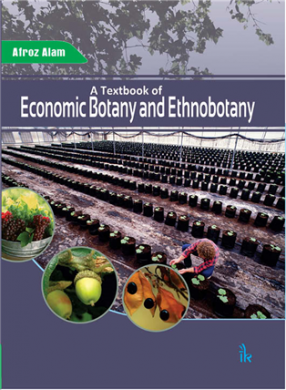
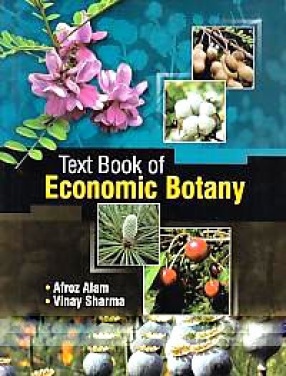
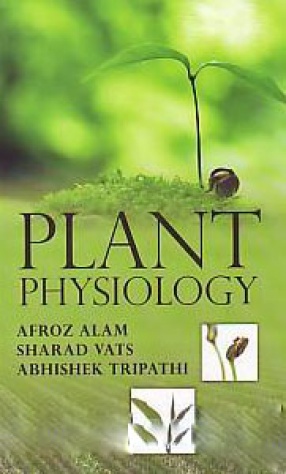
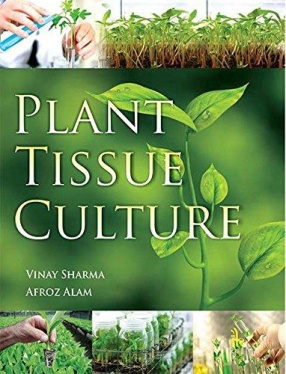
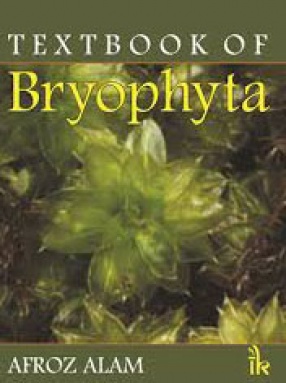





Bibliographic information